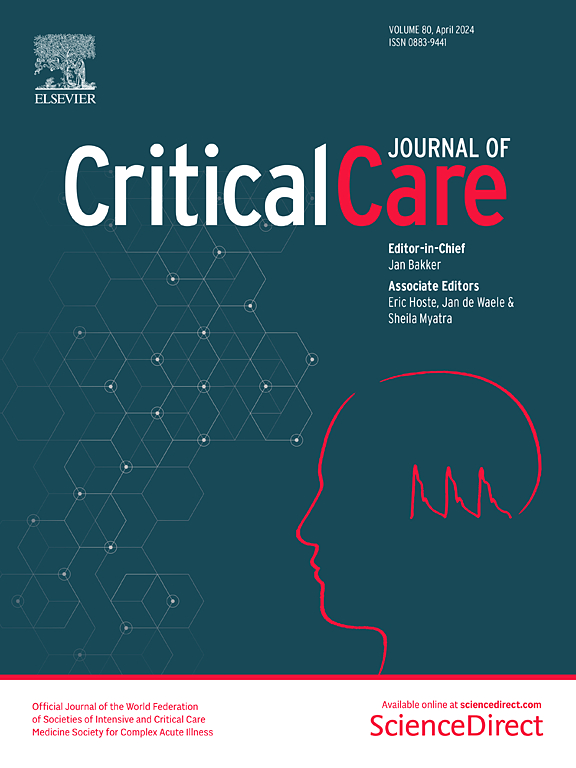Human judgment error in the intensive care unit: a perspective on bias and noise
IF 8.8
1区 医学
Q1 CRITICAL CARE MEDICINE
引用次数: 0
Abstract
In the Intensive Care Unit (ICU), clinicians frequently make complex, high-stakes judgments, where inaccuracies can profoundly affect patient outcomes. This perspective examines human judgment error in ICU settings, specifically bias (systematic error) and noise (random error). While past research has emphasized bias, we explore the role of noise in clinical decision making and its mitigation. System noise refers to unwanted variability in judgments that should ideally be identical. This variability stems from level noise (variability in clinicians’ average judgments), stable pattern noise (variability in clinicians’ responses to specific patient characteristics), and occasion noise (random, within-clinician variability). Two strategies to reduce noise are the use of algorithms and the averaging of independent judgments. Recognizing and addressing noise in clinical decision making is essential to enhancing judgment accuracy in critical care. By implementing effective noise reduction strategies, clinicians can reduce errors and improve patient outcomes, ultimately advancing the quality of care delivered in ICU settings.求助全文
约1分钟内获得全文
求助全文
来源期刊

Critical Care
医学-危重病医学
CiteScore
20.60
自引率
3.30%
发文量
348
审稿时长
1.5 months
期刊介绍:
Critical Care is an esteemed international medical journal that undergoes a rigorous peer-review process to maintain its high quality standards. Its primary objective is to enhance the healthcare services offered to critically ill patients. To achieve this, the journal focuses on gathering, exchanging, disseminating, and endorsing evidence-based information that is highly relevant to intensivists. By doing so, Critical Care seeks to provide a thorough and inclusive examination of the intensive care field.
 求助内容:
求助内容: 应助结果提醒方式:
应助结果提醒方式:


